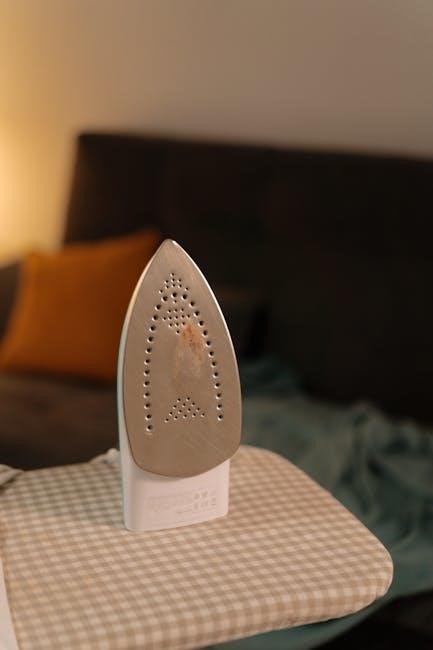Choosing the right flat iron size is crucial for efficient styling and minimizing hair damage. Plate width varies, catering to different hair types, lengths, and desired styles, ensuring optimal results.

Factors Influencing Flat Iron Size
Hair type, texture, and length are key factors in determining the ideal flat iron size, ensuring effective styling while minimizing potential damage to your hair.
2.1 Hair Type and Texture
Hair type and texture play a significant role in selecting the right flat iron. For fine or thin hair, narrower plates (0.5-1 inch) are recommended to avoid damage and ensure precision. Wider plates (1.5-2 inches) are better suited for coarse, thick, or curly hair, as they cover more surface area, making styling faster and more efficient. Temperature settings also vary; thicker hair may require higher heat, while finer hair needs lower temperatures to prevent damage. Understanding your hair’s specific needs helps in choosing the appropriate plate size and temperature for optimal results.
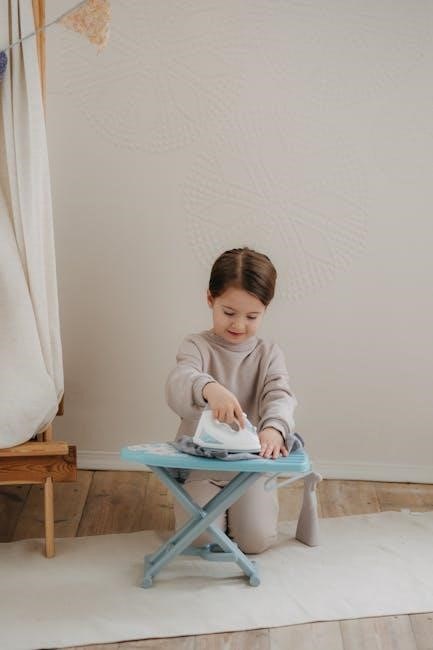
2.2 Hair Length
Hair length significantly impacts the choice of flat iron size. For shorter styles, such as bobs or pixie cuts, narrower plates (0.5-1 inch) are ideal, as they provide precision and control. Longer hair benefits from wider plates (1.5-2 inches), which cover more surface area, reducing styling time. Medium-length hair can opt for 1-1.25 inch plates, offering a balance between efficiency and manageability. Ultimately, matching plate width to hair length ensures faster, smoother styling and better results.

Plate Width and Sizes
Flat iron plates vary in width, typically ranging from 0.5 to 2 inches, catering to different hair types and lengths for optimal styling efficiency and results.
3.1 Narrow Plates (0.5-1 Inch)
Narrow plates, ranging from 0.5 to 1 inch, are ideal for precision styling. They are perfect for short hair, tight curls, or delicate strands, ensuring gentle handling without causing damage. These plates allow for closer contact with the hair, making them suitable for detailed work like straightening around the face or achieving sharp styles. They are also recommended for fine or thin hair, as wider plates might cause breakage or excessive heat exposure. Narrow plates provide better control, minimizing the risk of hot spots and ensuring even heat distribution, which is essential for maintaining hair health. They are a great choice for those seeking precise, professional-looking results at home.
3.2 Medium Plates (1-1.25 Inch)
Medium plates, ranging from 1 to 1.25 inches, offer a balance between precision and efficiency. They are versatile, catering to a wide range of hair types and lengths, making them a popular choice for everyday use. These plates are ideal for straightening medium to long hair, as they can handle larger sections without compromising on style. They are also suitable for creating soft waves or curls due to their moderate width. Medium plates work well for most hair textures, from fine to thick, and are often recommended for those with shoulder-length hair. Their size allows for faster styling while maintaining control, making them a practical option for achieving both sleek and versatile looks. They are particularly effective for hair that requires a bit more grip without excessive heat exposure.
3.3 Wide Plates (1.5-2 Inch)

Wide plates, ranging from 1.5 to 2 inches, are designed for efficiency and speed, making them ideal for individuals with long, thick, or coarse hair. These plates allow you to straighten larger sections of hair in fewer passes, reducing styling time significantly. They are particularly suitable for those with dense or curly hair, as they provide a stronger grip and better heat distribution. However, they may lack the precision needed for shorter styles or intricate designs. Wide plates are excellent for achieving sleek, smooth results quickly but are less practical for creating tight curls or detailed finishes. They are a great choice for anyone prioritizing speed and efficiency for straightening long hair.
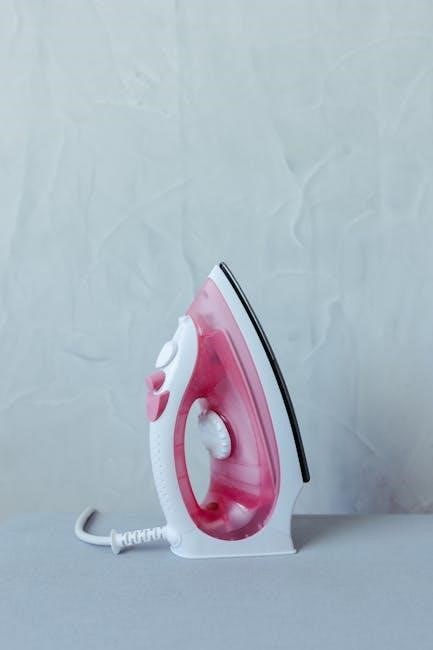
Temperature Settings for Different Hair Types
Temperature settings play a critical role in achieving optimal results while minimizing damage. For fine or thin hair, lower temperatures (300-350°F) are recommended to prevent overheating and breakage. Medium or wavy hair can tolerate temperatures up to 370°F, while coarse or curly hair may require higher settings, starting at 370°F and adjusting as needed. It’s important to start with a lower temperature and gradually increase until the desired style is achieved. Using a heat protectant spray is advised, especially for fragile or damaged hair. Proper temperature control ensures effective styling while safeguarding hair health. Always consider your hair type and condition when selecting heat settings to avoid damage and achieve the best results.
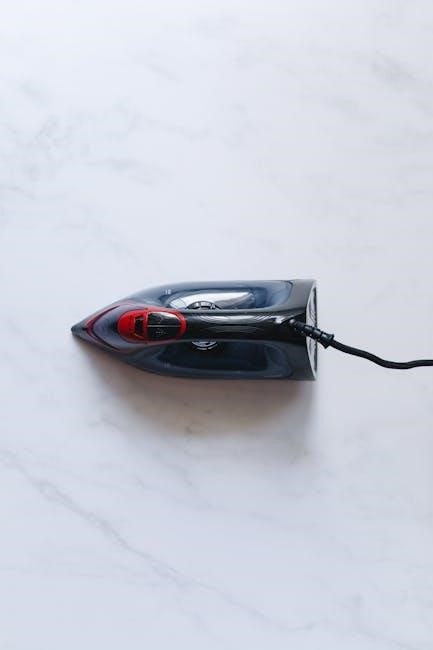
How to Choose the Right Flat Iron Size
Selecting the right flat iron size involves matching the plate width to your hair type and length for optimal styling efficiency. Start by assessing your hair’s thickness and length. Narrow plates (0.5-1 inch) are ideal for short or fine hair, offering precision and minimizing damage. Medium plates (1-1.25 inch) suit shoulder-length or medium-thick hair, balancing speed and control. Wide plates (1.5-2 inch) are best for long or very thick hair, allowing quick styling of large sections. Consider your styling frequency and desired results—wider plates save time but may lack precision. Aligning the iron size with your hair’s needs ensures smoother, healthier-looking hair while preventing unnecessary heat exposure;
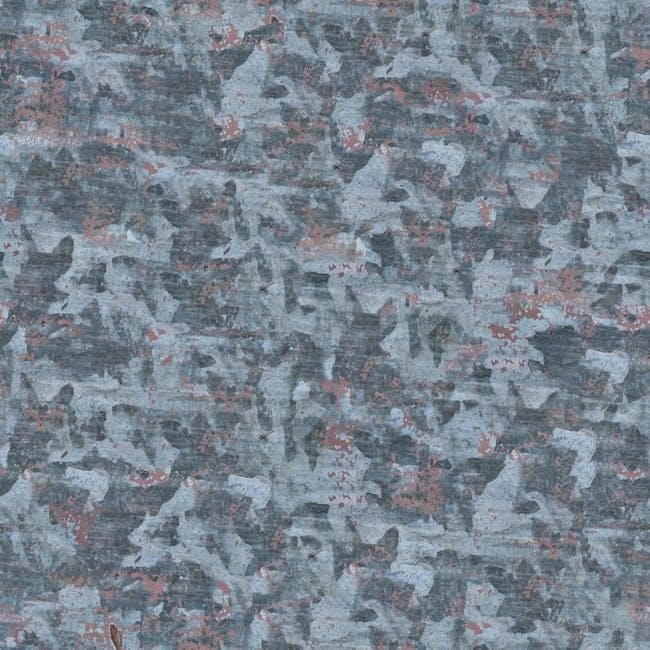
Combining Hair Type and Length for Optimal Choice
When selecting a flat iron, consider both your hair type and length for the best results. For fine or thin hair, regardless of length, narrower plates (0.5-1 inch) are recommended to avoid heat damage and ensure precise styling. Medium-thick hair benefits from medium plates (1-1.25 inch), which offer a balance between speed and control. For coarse or very thick hair, wider plates (1.5-2 inch) are ideal, especially for long lengths, as they cover more hair in one pass. Short hair, even if thick, may prefer narrower plates for better maneuverability. By aligning plate size with both hair type and length, you achieve efficient styling while protecting your hair from excessive heat exposure and damage.
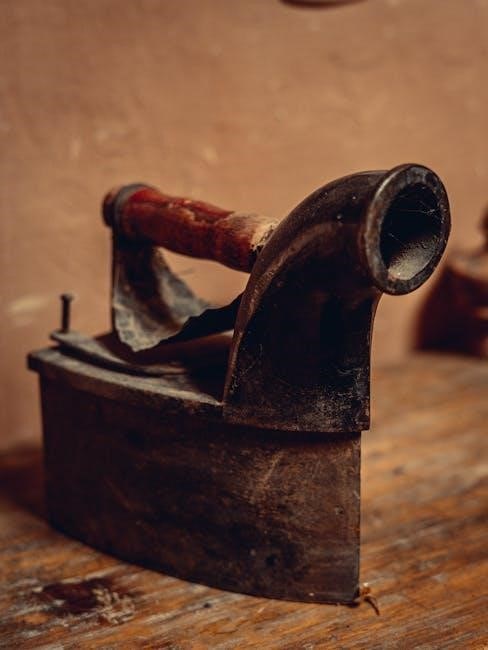
Additional Features to Consider
Beyond size, consider plate material (titanium, ceramic, or tourmaline) for reduced frizz and even heat distribution. Ergonomic designs enhance comfort and ease of styling, ensuring better control.
7;1 Plate Material
Plate material is a critical factor in choosing a flat iron, as it directly impacts styling efficiency and hair health. Ceramic plates are popular for their smooth glide and even heat distribution, reducing frizz and preventing hot spots. Tourmaline plates, often infused with ions, are excellent for minimizing static and enhancing shine, making them ideal for dry or damaged hair. Titanium plates are durable and heat up quickly, making them suitable for thick or coarse hair. Each material offers unique benefits, so selecting the right one depends on your hair type and styling goals. This ensures optimal performance and minimizes potential damage.
7.2 Ergonomic Design
Ergonomic design plays a significant role in the comfort and efficiency of using a flat iron. A lightweight, balanced tool reduces fatigue during styling, while a comfortable grip ensures better control. Features like rounded edges and cushioned handles enhance usability, allowing for smooth, precise movements. The shape and size of the iron should fit naturally in your hand, minimizing strain and enabling effortless styling. Look for designs that prioritize ease of use, as poor ergonomics can lead to discomfort and ineffective results; A well-designed flat iron not only improves your styling experience but also helps achieve professional-level outcomes with minimal effort.
Maintenance Tips for Flat Iron Longevity
Proper maintenance is essential to extend the life of your flat iron. Regularly clean the plates to remove residue and prevent damage. Use a damp cloth and mild detergent, avoiding harsh chemicals that can strip protective coatings. Store the iron in a heat-resistant pouch or case to shield it from dust and scratches. Allow the iron to cool completely before storing to prevent condensation buildup. Descale if necessary, especially if used with water-based products. Replace worn-out heat shields or cables promptly to ensure safety and performance. Following these tips will maintain your flat iron’s efficiency and ensure it remains a reliable styling tool for years to come.
Final Thoughts
Ultimately, the perfect flat iron size is a balance of efficiency and precision, tailored to your hair’s unique characteristics. Whether you prioritize speed for long, thick hair or precision for shorter styles, the right size ensures better results. Remember, larger plates save time but may lack control, while smaller plates offer detail but require more passes. Temperature control and plate material are equally vital for preventing damage. By aligning your flat iron’s features with your hair type and length, you’ll enjoy a smoother, healthier styling experience. Invest in a flat iron that complements your needs, and with proper care, it will remain a trusted styling companion for years to come.
